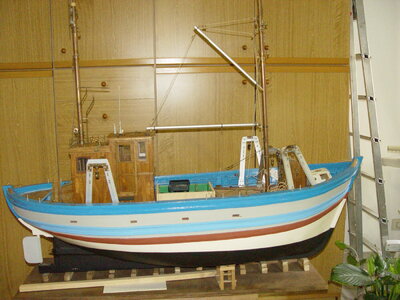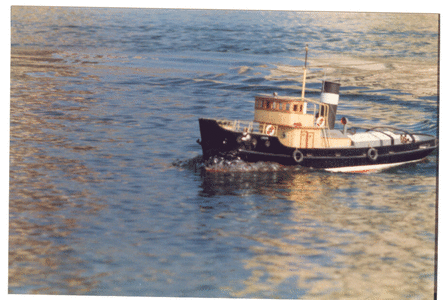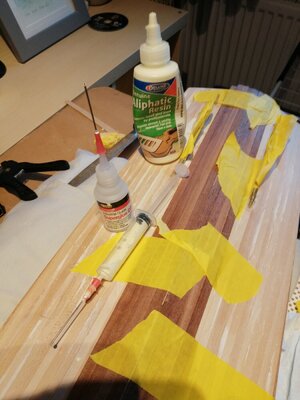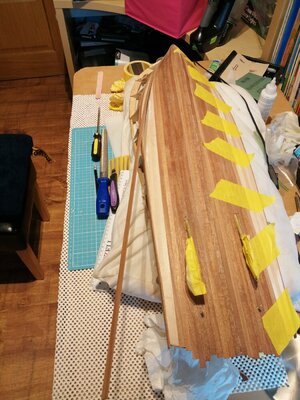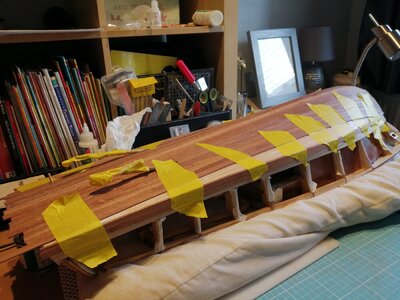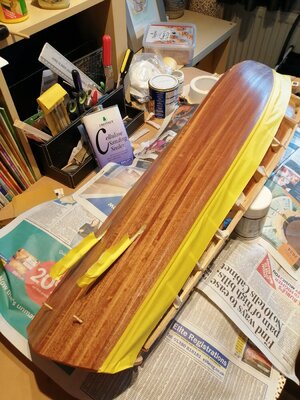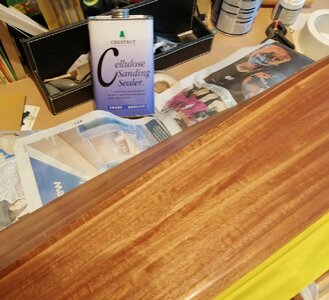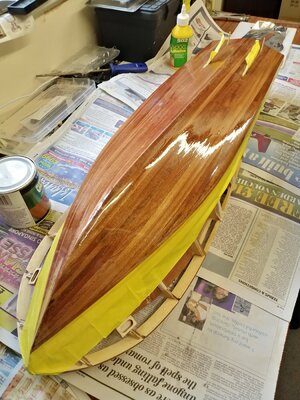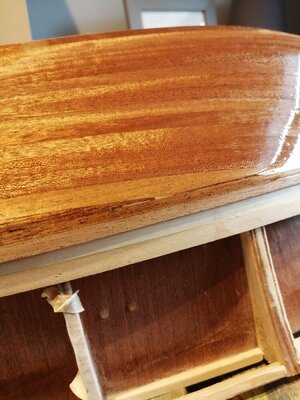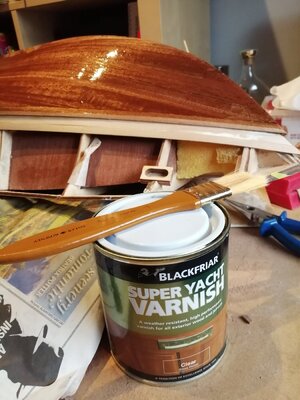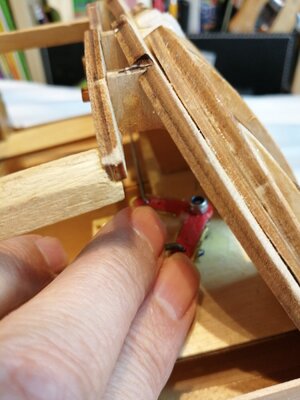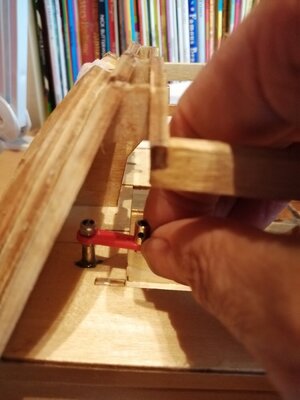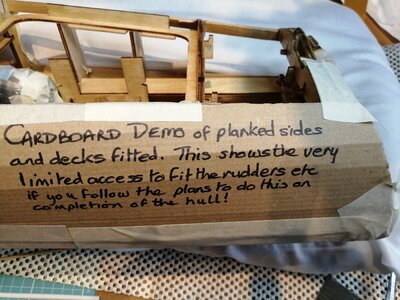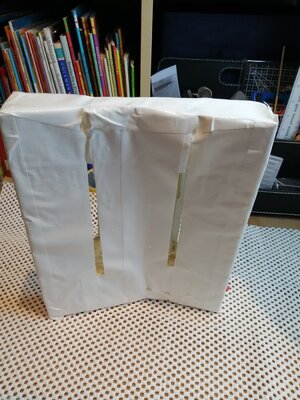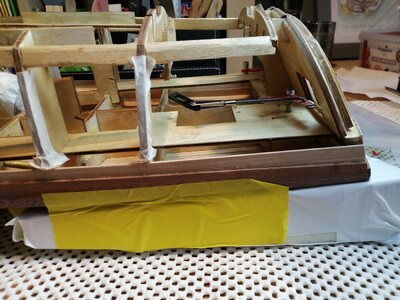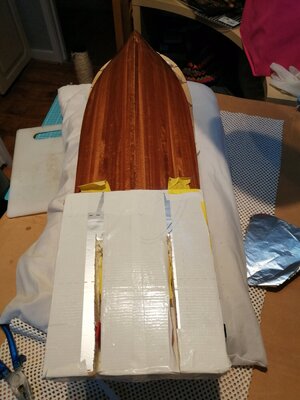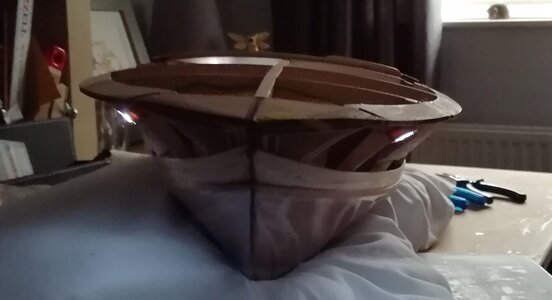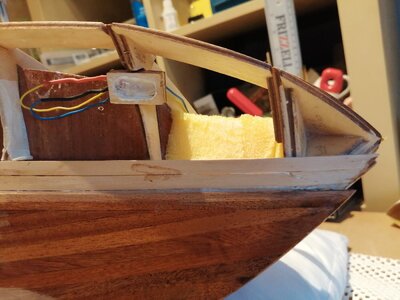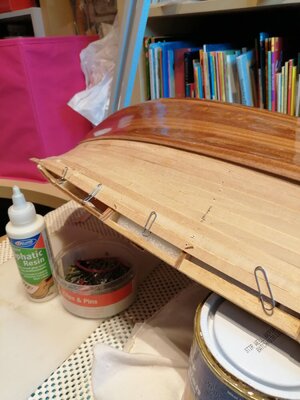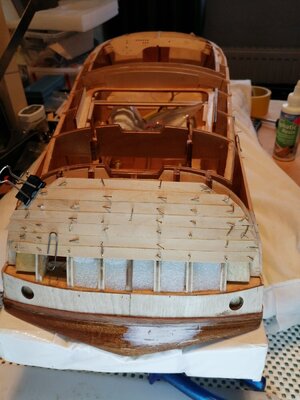Hallo @DPTrainerI have followed Ken (Complete Build) blog which is excellent and been a big help to me. Ken's build was for a static display model and I'm building the same kit but for use on water. The instruction manual is bias towards a display model so having followed the instructions implicitly and Kens Build log I am now going to deviate from the instruction manual. This is because after a suggested dry run of fitting the motors, prop shafts, rudders and associated linkages I found access extremely difficult even before any planking was fitted.
I've therefore decided to blog my deviation from the instructions since they indicate fitting these components on completion. I think otherwise this would be near impossible so I'm going to blog my method and hope it works! Hopefully it might be useful for anyone else building this Amati kit.
I've just installed the motors and prop shafts as I needed to use the space where the planking would be fitted in order to get them into place! I've wrapped the motors and gear boxes in a plastic bags to protect them until the boat is finished. I will complete the bottom planking and then fit the rudders as again access once planking is complete will make the job almost impossible. The clamps are holding strengthening pieces in place in order to hold the props in correct alignment. This again is a modification plus I've filed out the wood close to where the outer motor terminals are located. Otherwise attaching the wires to the motors would again be difficult. I plan to cover the bottom of the hull with the mahogany planks so I can attach the rudders and linkages before planking the sides.
Picture of me applying another plank with an Amati pin pusher. I usually get the nail started with the pin pusher and the complete with the hammer. I'm thinking of applying some epoxy resin to the underside of the planks (under the cabin area) as soon this will be unreachable - just in case in future any water gets ingresses into those areas.
Has anyone got any thoughts on this please ? This is my first build of a planked hull so any experience greatly received.
we wish you all the BEST and a HAPPY BIRTHDAY
Enjoy your special day







